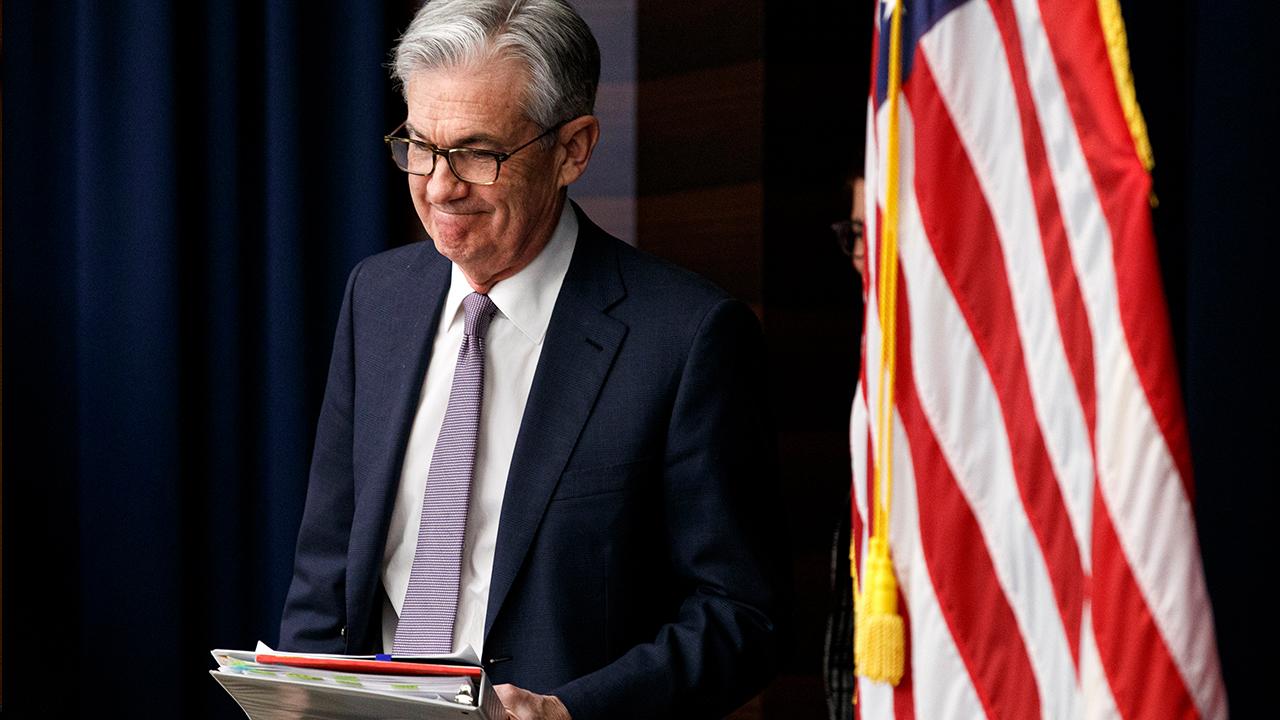What is quantitative easing, and how does the Fed use it?
The Fed began using QE in 2008 to combat the global financial crisis
Federal Reserve Chairman Jerome Powell has said the U.S. central bank may need to deploy additional measures to fight the coronavirus-induced recession -- and said policymakers would rely on their "tried and true" toolkit to do so.
"We think we have a good toolkit, and that’s the one we’ll be using," Powell said at the beginning of May, adding: "We do feel that our tools work. Forward guidance and asset purchasing work."
When it slashed interest rates back to near zero on March 15, the Fed also restarted large-scale purchases, announcing that it would buy at least $500 billion in Treasury securities and $200 billion in mortgage-backed securities -- a practice known as "quantitative easing."
One week later, the Fed committed to buying an unlimited amount of securities to bolster the financial market.
WHAT IS THE FEDERAL OPEN MARKET COMMITTEE?
The central bank deployed QE during the 2008 financial crisis. The theory is that by making such large-scale purchases, it results in an increased demand for those securities, which in turn raises their prices. As prices increase, interest rates fall -- essentially ensuring that rates for mortgages and car loans remain low, keeping major purchases possible for American consumers and businesses.
The Fed purchases securities on the open market; when it buys Treasurys, it pays the government its value, flushing the financial system with cash. When that happens, more money is available to banks; interest rates tend to be lower and people are more likely to borrow money and spend.
When it began QE in 2008, the Fed had about $870 billion on its balance sheet. By 2014, the amount had surged to about $4.5 trillion.
WHAT IS THE FEDERAL RESERVE'S BALANCE SHEET?
As of June 1, the Fed's balance sheet expanded to a record $7.16 trillion.
Critics have suggested that QE could "sharply increase" inflation rates; however, the fears are not consistent with the evidence, according to a 2011 paper published by the St. Louis Federal Reserve.




















